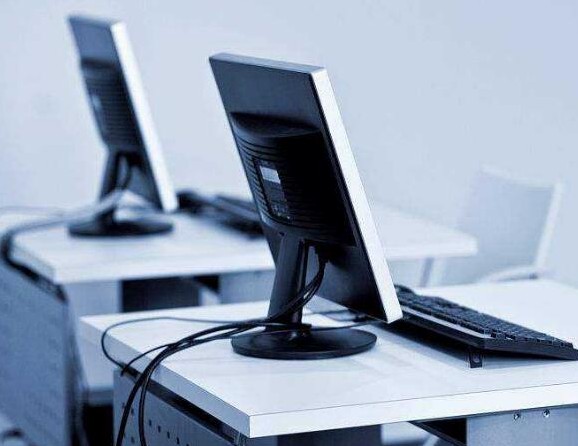Global IT supply chain
International transportation + IT O&M outsourcing + self-owned backbone network
In recent years, a growing number of businesses have opted to lease IT equipment rather than purchase it outright. This shift is driven by multiple factors, including cost management, rapid technological advancements, operational flexibility, and risk diversification. Below, we delve into the reasons why leasing IT equipment is becoming the mainstream choice for enterprises.

1. Lower Upfront Costs and Optimized Financial Management
Reduced Initial Investment: Leasing IT equipment eliminates the need for significant upfront expenditures, making it an ideal option for startups and small to medium-sized enterprises (SMEs) with limited budgets.
Cost Distribution: Leasing spreads hardware costs over several payment cycles, enabling businesses to better manage their budgets without straining cash flow.
Flexible Spending: Payments are periodic and scalable, allowing businesses to adjust the quantity or type of equipment as needed, preventing wasted resources.
2. Stay Ahead with Rapid Technological Advancements
Access to the Latest Technology: The IT landscape evolves rapidly. Leasing allows businesses to access cutting-edge equipment without needing frequent purchases.
Avoid Obsolescence: Purchased equipment can quickly become outdated due to technological advancements. Leasing provides the flexibility to upgrade, ensuring competitive edge and performance.
3. Reduced Maintenance and Management Burden
Outsourced Professional Services: Leasing agreements often include maintenance and technical support from suppliers, eliminating the need for in-house technical teams.
Streamlined Operations: Suppliers handle equipment repairs, updates, and replacements, enabling businesses to focus on their core activities without interruptions.
4. Enhanced Flexibility and Scalability
Customizable Configurations: Businesses can tailor equipment specifications and quantities to meet evolving operational requirements.
Rapid Market Adaptation: Leasing enables quick resource scaling to accommodate surges in demand, avoiding delays associated with procurement processes.
5. Risk Mitigation
Minimized Financial Risk: Leasing reduces the risk of high capital investment and eliminates concerns about depreciation or disposal of outdated equipment.
Improved Data Security: Many IT equipment leasing providers offer data backup and security solutions, minimizing risks of breaches or data loss when compared to in-house management.
6. Stronger Cash Flow and Financial Flexibility
Maintain Liquidity: Leasing converts capital expenditures into manageable operational expenses, freeing up cash for innovation and business expansion.
Support Long-Term Growth: Flexible financial arrangements ensure stability and competitiveness in dynamic market environments.
7. Promote Sustainability
Optimized Resource Utilization: Leasing models emphasize shared use, reducing waste and ensuring higher efficiency in resource allocation.
Lower Environmental Impact: Centrally managed IT equipment is often more energy-efficient, contributing to eco-friendly operations and supporting sustainability goals.
Conclusion
Leasing IT equipment has emerged as a preferred solution for businesses due to its cost-effectiveness, adaptability, and operational efficiency. It offers a streamlined approach to managing IT resources while addressing the challenges of rapid technological change and market demands.
If your business is considering IT equipment leasing, Ogcloud provides comprehensive solutions tailored to your needs. Contact us today to explore how we can support your growth and success.

International transportation + IT O&M outsourcing + self-owned backbone network

Cellular chips + overseas GPS + global acceleration network

Overseas server room nodes + dedicated lines + global acceleration network

Global acceleration network + self-developed patented technology + easy linking

Global Acceleration Network + Global Multi-Node + Cloud Network Integration


